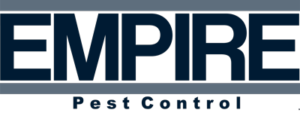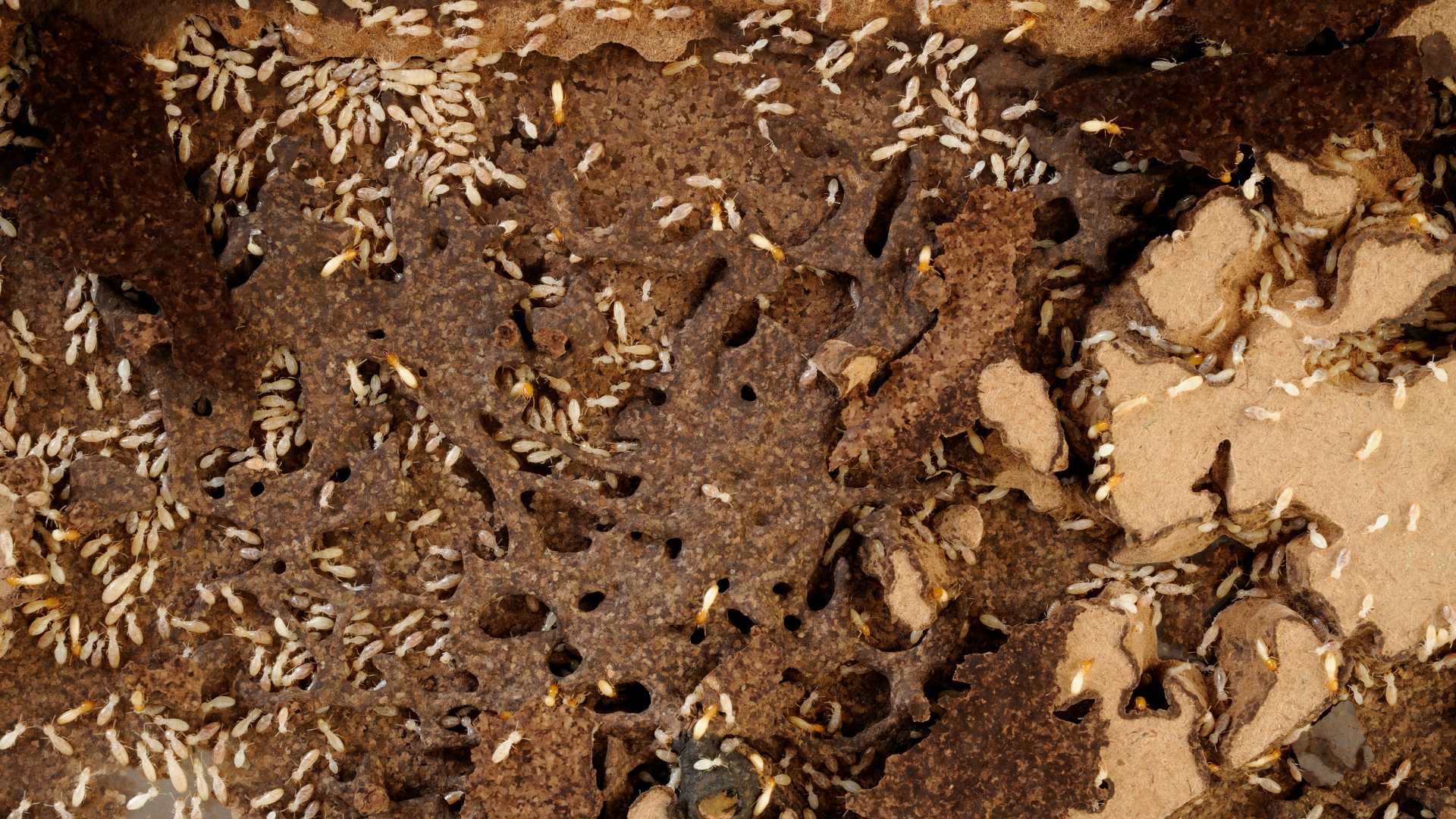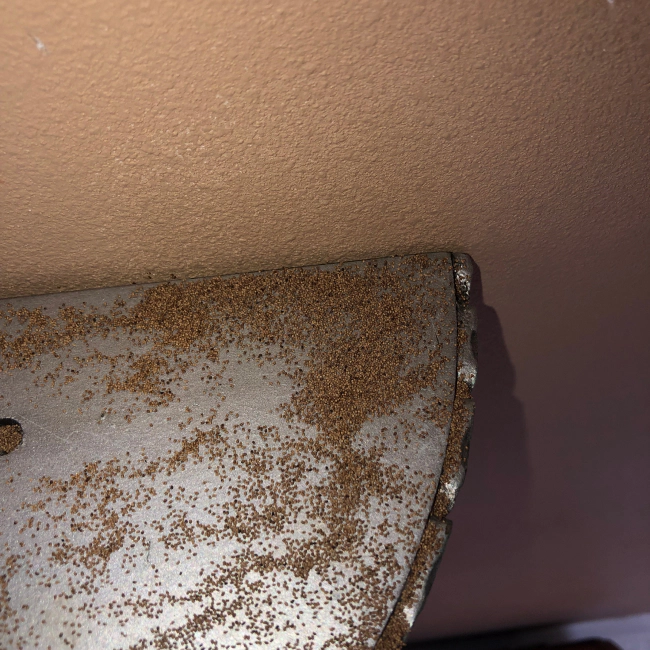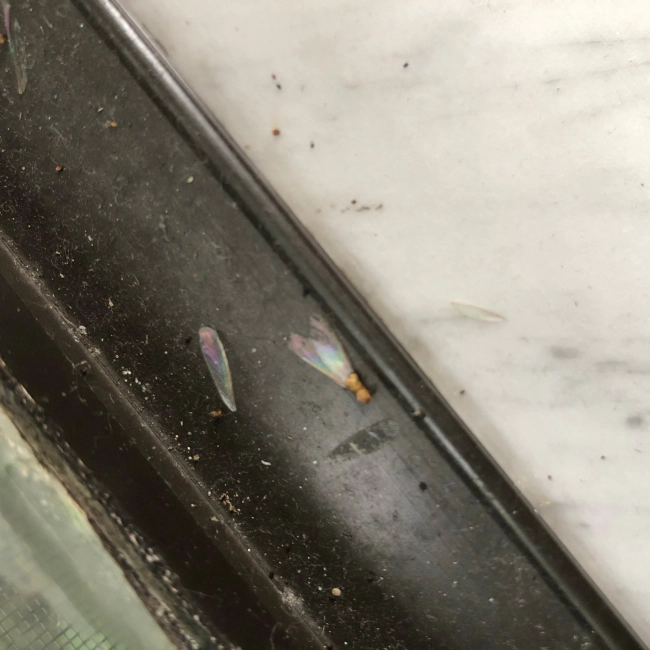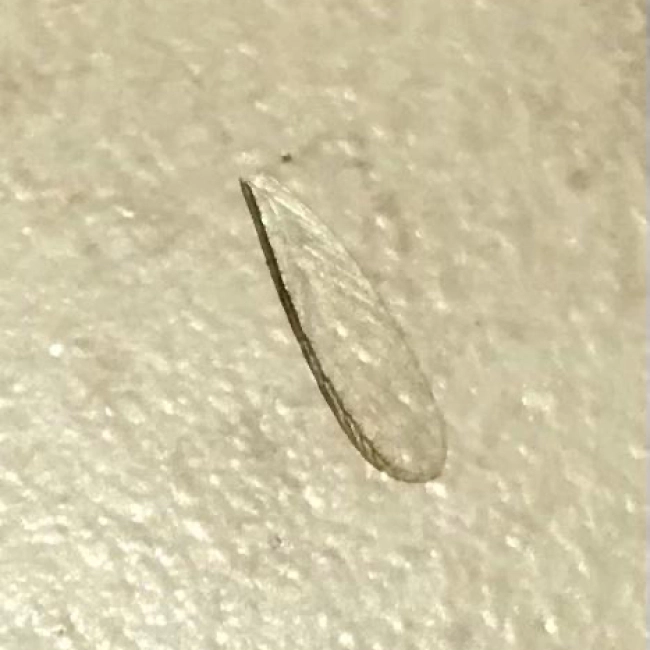Prevention and Control
Preventing and controlling drywood termite infestations requires a multi-faceted approach. It’s essential to keep your home or business well-maintained and free of moisture, as drywood termites thrive in dry environments. You should seal up any openings in your walls or foundation and keep firewood, lumber, and other wood-based materials stored away from your structure. If you suspect an infestation, you should contact a professional pest control company to perform an inspection and recommend appropriate treatment methods.
There are several effective methods for eliminating drywood termite infestations, including fumigation, heat treatment, and localized spot treatments. Fumigation involves covering the structure with a tent and introducing a gas that will kill the termites. Heat treatment involves heating the structure to a temperature that will kill the termites. Localized spot treatments involve treating specific areas of the structure where termites have been detected.
Drywood termites can cause significant damage to your home or business if left untreated. By taking preventive measures such as maintaining a dry environment and sealing up openings in your structure, you can reduce the risk of infestation. If you suspect an infestation, it’s important to contact a professional pest control company to perform an inspection and recommend appropriate treatment methods. With the right approach, you can protect your property from the damage and financial losses associated with drywood termite infestations.
